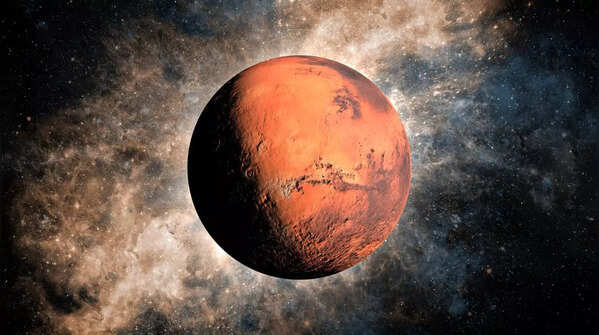5 major risks that make sending astronauts to Mars a challenge, as per NASA

Risks that make sending astronauts to Mars a challenge
Mars has always captured our imagination. The idea of humans stepping onto the surface of the Red Planet has been captivating for space enthusiasts, scientists, and explorers alike. But as exciting as the possibility is, NASA’s latest report lays out a list of five critical hazards that could complicate the mission to send astronauts to Mars. From cosmic radiation to psychological challenges, the challenges are significant, and NASA is working hard to find a way to overcome them.
While the dream of exploring Mars is more realistic than ever, these five challenges remind us that space exploration isn’t just about ambition– it’s also about preparation. Let's look at the main risks NASA is studying and working on to make sure the Mars mission is safe and successful.

Space radiation
One of the most significant threats to astronauts heading to Mars is space radiation. In space, astronauts won’t have the protection of Earth's atmosphere, leaving them exposed to harmful cosmic rays and solar radiation. This invisible hazard can damage cells, tissues, and organs, with potential long-term effects like cancer. NASA is looking for ways to protect astronauts from this dangerous radiation, but finding a good solution is still a big challenge for future missions.

Mental and emotional strain
The journey to Mars won’t just be physically demanding– it will also push astronauts to their mental and emotional limits. With the vast distance between Earth and Mars, astronauts will experience extreme isolation, unable to communicate with family or friends in real-time. The psychological effects of this isolation, combined with the pressure of being in a small, confined space for months or even years, are significant. NASA is exploring ways to keep astronauts' mental health in check, focusing on maintaining strong support systems, managing stress, and ensuring a sense of community aboard the spacecraft.

The distance
At an average of 140 million miles from Earth, Mars presents an unprecedented challenge in terms of distance. Unlike missions to the International Space Station, where astronauts can get help or supplies from Earth within hours, Mars-bound astronauts will be isolated from Earth for months at a time. Communication delays of up to 20 minutes one way mean that astronauts will need to be fully self-sufficient. From medical issues to equipment failures, astronauts will have to handle everything on their own.

Gravity
During the journey to Mars, astronauts will face varying gravity conditions: weightlessness in space, one-third of Earth’s gravity on Mars, and full gravity upon returning home. These changes in gravity can have physical effects like muscle atrophy, bone density loss, and problems with balance. NASA is working on developing training and equipment that will help astronauts adapt to these different gravitational environments, ensuring their bodies stay healthy and ready for the task ahead.

Life in a closed environment
Living on a spacecraft for such a long period means that astronauts will be in a closed environment with very limited space and resources. Everything they need– food, water, oxygen– will have to be carefully controlled and recycled. This creates several risks, including the spread of bacteria and germs in a confined space. NASA is focused on designing habitats that will keep astronauts safe and healthy while managing the challenges of a self-sustaining, closed system.








